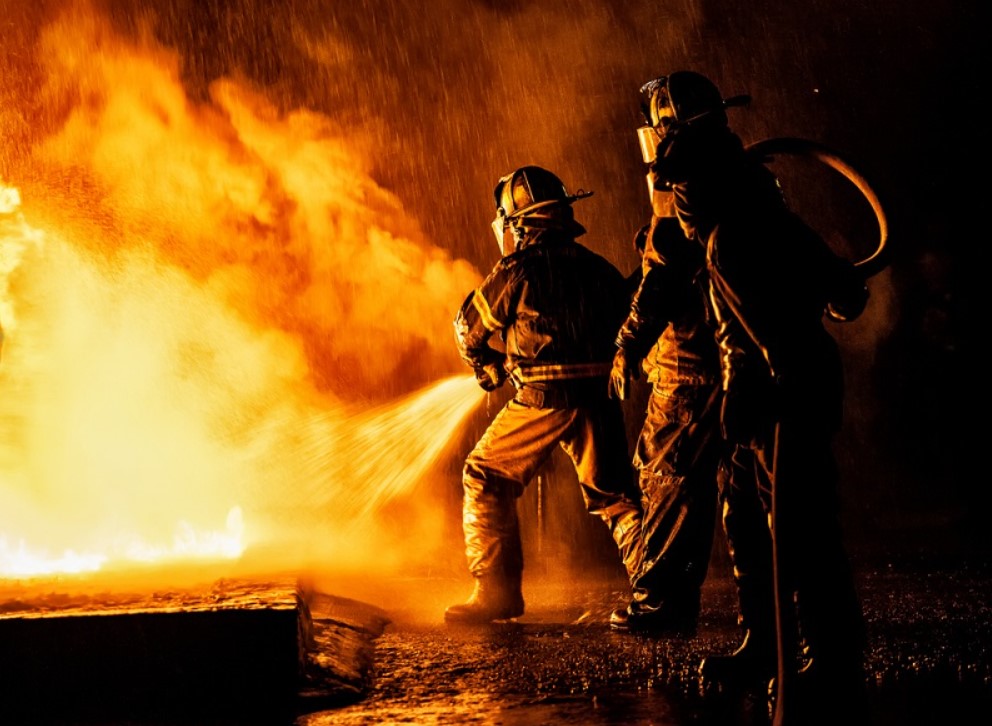
Fire retardant (FR) clothing has long been a necessity for firefighters and other professionals who work in high-risk environments. But gone are the days of bulky, uncomfortable uniforms. The world of FR clothing is undergoing exciting advancements, prioritizing not just safety but also comfort, style, and functionality. Here’s a look at some of the trends shaping the future of Fire Retardant Clothing:
1. Lighter and More Breathable Fabrics:
Remember the heavy, stiff FR uniforms of the past? They’re being replaced by lighter, more breathable fabrics. New technologies like meta-aramids and advanced blends offer excellent flame resistance while feeling softer and cooler against the skin. This translates to better mobility, reduced heat stress, and ultimately, improved wearer comfort and safety.
2. Moisture Management Takes Center Stage:
Firefighters and other FR clothing wearers often work in intense heat and humidity. Modern FR clothing prioritizes moisture management. Special fabric treatments wick away sweat, keeping wearers dry and comfortable. This not only enhances comfort but also prevents heat stroke and allows for better regulation of body temperature in critical situations.
3. Design Meets Protection: Improved Fit and Style
Safety shouldn’t come at the expense of style. Modern FR clothing companies are embracing innovative design concepts. Ergonomic cuts and articulated sleeves allow for a wider range of motion, crucial for firefighters and other professionals who need to move freely and efficiently. Additionally, sleek and modern designs with a focus on fit and aesthetics ensure FR clothing doesn’t look out of place in today’s world.
4. Technology Integration: The Future is Smart
The future of FR clothing is likely to be intertwined with technology. Imagine garments that can monitor a wearer’s vital signs, detect hazardous fumes, or even have built-in communication systems. These advancements are already in development and promise to revolutionize firefighter safety and communication in the field.
5. Sustainable Solutions: Eco-Friendly FR Options Emerge
Sustainability is a growing concern, and the FR clothing industry is taking notice. Companies are exploring eco-friendly alternatives to traditional FR materials. This might involve recycled materials or organic fibers treated for flame resistance. Sustainable FR clothing offers a win-win situation, prioritizing both safety and environmental responsibility.
6. Multi-Hazard Protection:
The future of FR clothing might involve garments that offer protection against multiple hazards. Imagine firefighter gear that not only protects against flames but also repels water, resists hazardous chemicals, or even provides some level of puncture resistance. This multi-functionality would further enhance the safety and utility of FR clothing.
7. Customization for Specific Needs:
FR clothing needs can vary depending on the specific profession and work environment. The future might see a rise in customizable FR gear. This could involve features like detachable liners for added warmth, interchangeable knee pad inserts, or reflective elements for increased visibility in low-light conditions. By allowing for customization, FR clothing can be tailored to the unique needs of each wearer and situation.
pen_spark
Beyond the Trends: The Importance of Proper Care and Maintenance
While advancements in fabric technology are impressive, it’s important to remember that FR clothing requires proper care and maintenance to retain its effectiveness. Always follow the manufacturer’s cleaning instructions to ensure your FR garments continue to offer optimal protection.
Final Thoughts
The evolution of FR clothing is a positive development for everyone who relies on this vital protective gear. Lighter, more breathable fabrics, improved designs, and potential tech integration all contribute to a future where safety and comfort go hand in hand. These advancements not only benefit firefighters and other high-risk professionals but also pave the way for a future where FR clothing can be more widely adopted in various industries, ultimately creating a safer working environment for all.
